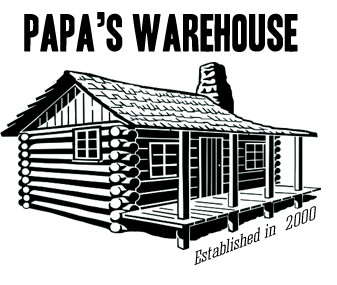Blogs
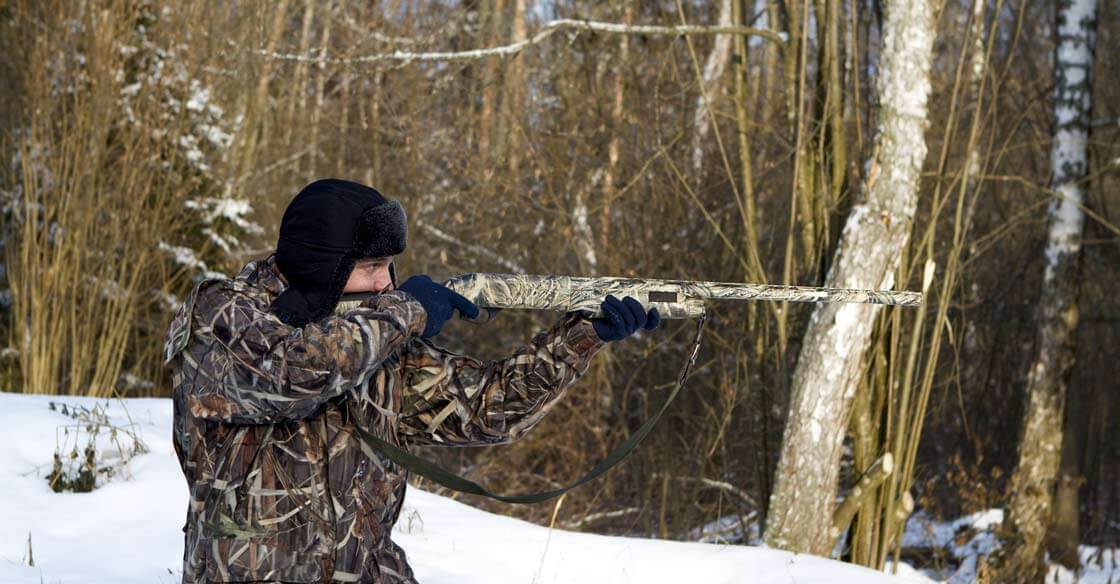
Woodsman Guide: Best Places to Hunt During Winter 0
Hunting is an activity you can enjoy all year round. Although the animals and best places to hunt change, there are always opportunities somewhere in the country, whatever your preferred method of hunting.
Best Places to Hunt Rabbits and Hares
Utah
You can find cottontail rabbit across the state of Utah. This a good option for amateur hunters, as the terrain where the rabbits live is easy to hunt in and you only need basic equipment. The best places to hunt are anywhere with dry, brushy washes or with rocky outcroppings. Cottontail rabbits are more common in hills than flatlands, as they need broken terrain to hide. You can often find them under rocks and brush and sometimes in burrows.
Minnesota
Although the bird-hunting season has already finished in Minnesota by winter, the rabbit and hare season is just getting started. A top option in Minnesota is the snowshoe hare, as you can hunt these animals on public lands. Plus, with no underground burrows, they are easy to roust.
Best Places to Hunt Deer
Normally, the best places to hunt deer in the winter are the Western states. However, the tough winter last year has left a shortage of deer in Wyoming, Colorado, Utah, Idaho, and Oregon. Luckily, if you’re a deer hunter, you still have options.
New Jersey
Deer is one of the most popular animals to hunt in New Jersey, particularly in the winter. January is even better than December, as, in addition to muzzleloader, firearm, and shotgun seasons, there is also bow season.
Best Places to Hunt Grouse
Utah
Utah is home to dusky and ruffed forest grouse. You can hunt the birds at any time of the day, as they spend most of their time on the ground. However, you are most likely to be successful if you hunt when the grouse are feeding in the early morning. If you are hunting with a dog, you can also be successful at mid-morning, by which time there will be ample scent on the ground.
Michigan
Michigan is one of the best places to hunt grouse in the U.S. Whereas small-game hunting has become less available over the years, grouse still prevails in the state. The main reason for this is because Michigan has a huge amount of forest land. Especially useful is the successional forest land, where the edge habitat is sought after by grouse.
Best Places to Hunt Migratory Birds
New Jersey
Its long coastline makes New Jersey a top spot for hunting migratory birds. Depending on the month and region, you may be able to find Canada goose, brant, and various breeds of duck.
Plan your winter hunting trip to one of these best places to hunt to increase your chances of a good season. Make sure you arrive prepared with warm clothes, waterproof boots, and plenty of water and snacks as well as your hunting gear.
- Caroline Mayou
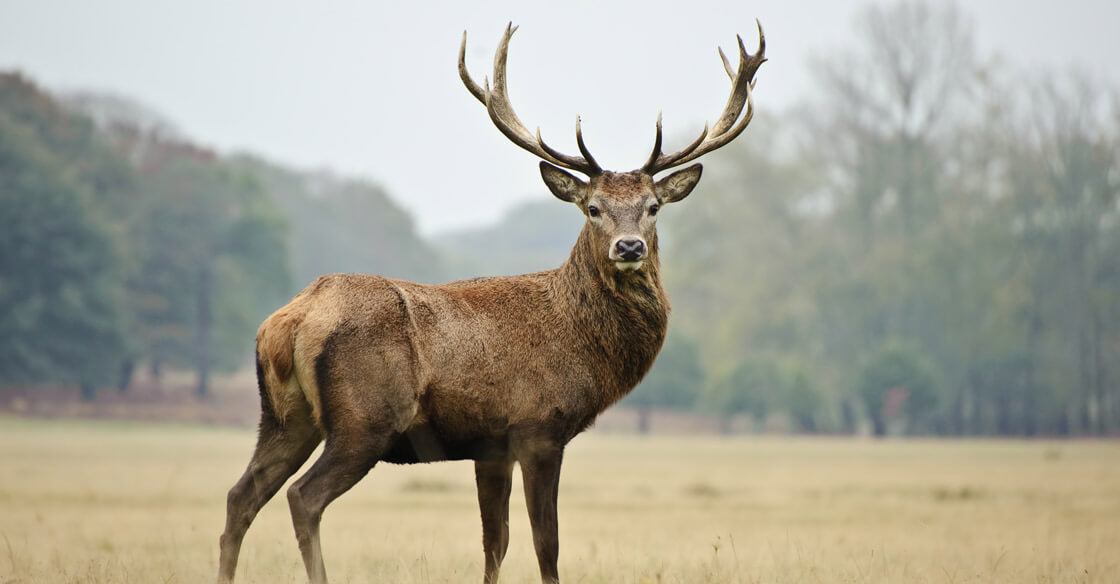
6 Great Tactics for Hunting Winter Buck 0
Winter hunting season is open for business. If this is your passion, follow us with these 6 great tactics for hunting winter buck and end up a winner. While it can be cold, deer hunting in late season represents the best time to tag your buck.
Ambient temperatures count and just like us deer need to stay warm. If the temperature is not frigid, mature targets will prove elusive. Try these six tips for hunting winter buck in cold weather and be sure to visit Papa's Warehouse for your heat factory warmers.
1. Doze for a While
When the weather is cold, winter buck may opt to go to bed just before first light. If you want to avoid a chance meeting while they are on their way home, defer the hunt and make it an afternoon session. In other words, avoid getting up and after your quarry in the cold, dim light of dawn.
2. Seek High-Carb Food Zones
Deer need plenty of carbohydrates to generate fat that will see them through the chilly season of winter. Include areas of soybean, corn, and other wild grain in your hunt plan, because this is where deer herds are going to hang out for easy grazing.
3. Locate the Forbs Growing Areas
No winter buck’s diet is complete without forbs. If you are new to winter deer hunting, a forb – also spelled phorbs - is a non-grass, herbaceous flowering plant. Each adult deer consumes around 5-pounds of forbs a day, so it makes sense to include natural growing areas in your hunt plan. Deer sanctuaries or dense cover thicket patches are good for forbs.
4. Identify Water Sources
It also makes sense that as winter season progresses, water sources are harder to find. This is because most water freezes over when sub-zero temperatures set in. There are pockets of open water, and just like winter buck, you need to find them.
5. Be Savvy
Cold weather sometimes brings snow, which makes it a lot easier to track deer through telltale signs they leave. Turn this to your advantage and hunt using cover and still-hunt tactics. Sure, you may end up face-to-antler out there, but you have nothing to lose. Besides, only a couple of weeks of the season left to make good.
6. Keeping Warm is Cool
Few hunters easily tolerate sub-zero temperatures naturally. Most have their preferred warmers to keep out the frigid air. There are warmers designed for just about any part of the body, with hand, foot and body warmers always in great demand. Browse here and find the best heat factory warmers that will keep out the chill.
Quote for the Occasion
Memorize this beautiful quote - courtesy of poet Lord Byron as you set off hunting winter buck:
“There is a pleasure in the pathless woods; there is a rapture on the lonely shore. There is society, where none intrudes, by the deep sea, and music in its roar. I love not man the less, but nature more, from these our interviews, in which I steal. From all I may be, or have been before, to mingle with the Universe. And feel what I can ne'er express, yet cannot all conceal.”
- Caroline Mayou
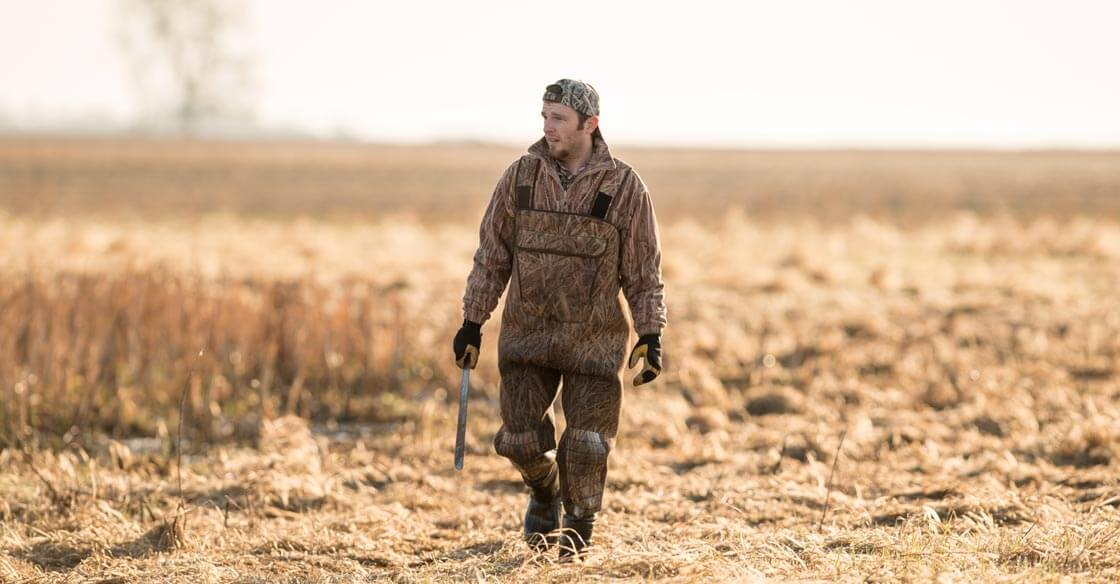
Best Hunting Tips for an Outdoorsman 0
Every time you go out hunting is an opportunity to improve your technique. These hunting tips will help you reach the top of your game.
Mask Your Smell
Before you leave, make sure that animals will be unable to smell you. Use unscented soap when you shower and wash your hunting clothes in a scent-free detergent. Carry your clothing out to the field with you in a sealed bag containing leaves and dirt and put them on only when you are ready to start hunting. Bring an odor eliminator with you and make sure you add plenty to your hat and hair.
Use Tick Repellant
It is extremely important to use repellent in the summer and early fall when ticks are abundant. Some ticks carry bacteria that can make you too sick to continue hunting. Others transmit diseases can even be fatal.
Keep Your Gear Dry
In wet weather, you need to take extra care to ensure everything stays dry. Layer your clothing to protect yourself from the outdoor elements. Keep gear in ziplock bags to prevent them from becoming damp. Place electrical tape over the end of the barrel of your weapon. You can shoot right through the tape.
Staying warm during cold weather is important in preventing hypothermia. Pack warm and thick clothing, that will keep the cold weather out. Body, hand and foot warmers are also smart to pack.
Be Smart About Where You Park
If you are hunting in a remote area, you will need to park far away and hike out to a distant spot. However, if you are hunting near a constant flow of traffic, animals will be used to the sound of vehicles allowing you to park closer.
Always Move Slowly
One of the biggest failing points of hunters is the lack of patience. You need to move slowly at all times, stopping for regular periods of time. Decide in advance how long you will move and for how long you will stop — this will keep you disciplined. If you hear any noise, stop immediately and wait for your predetermined amount of time.
Maintain Your Sense of Direction
When wandering through the woods, it is easy to become lost, especially if you are stalking an animal in a circle. Use landmarks like distinctive trees, fences, and rocks to maintain your bearings.
Reduce the Weight of Your Kill
If you hunt a moose or an elk, it may be too heavy to move, unless you have a cart. You can reduce the weight by boning out the animal and then keeping the meat either in a cheesecloth (for a short time) or heavy-duty bags (for longer periods).
Store the Carcass Correctly
Dressing, skinning, and/or removing its feathers are only some of the first steps of cooling your wild game after a hunt. If you do bring back the entire animal carcass, hang it at least 3 feet from the ground in your shed or yard. Any lower and you may lose your meat to animals.
Cooking Your Game
When the result of your hunt is strong-flavored meat, you need to make it palatable. Try cooking with onion, garlic, soy sauce, and fresh ginger. The game always tastes good in a stir-fry.
Whether you’re an amateur or a pro, these hunting tips will give you a successful and enjoyable season.
- Caroline Mayou
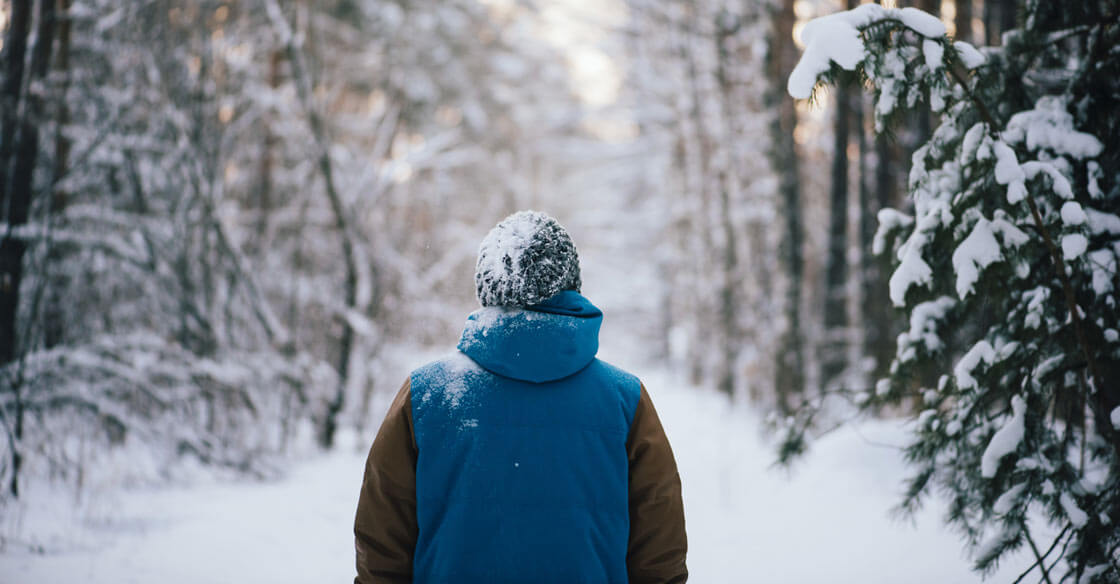
Layering Basics for Outdoor Activities in the Winter 0
With winter setting in, if you’re like us, you can’t help but look forward to the plethora of activities that you can partake in. Whether it’s snowshoeing or if you’re so inclined, outdoor camping, you need to suit yourself upright to ensure you don’t expose yourself to sub-zero temperatures that can sap your body heat in a flash.
Your body is always losing heat through thermal radiation; however, in cold weather, the heat loss is expedited by the dipping temperatures. Therefore, dressing up for the winter isn’t as simple as donning a heavy coat, layers of flannel and a fuzzy hat. Your winter clothes need to do more than just keep the cold from coming into contact with your body: they also need to keep you from losing heat through sweating or moisture, trap your body heat, and prevent cold air from convecting the heat away from your body.
Therefore, while layering your clothes and adding warmers, you also need to combine all the above functions to help you stay warm and dry during your activities. To begin with, your winter activity apparel should comprise the following three basic layers:
Base Layer
This is the layer that lies next to your skin: its primary purpose is to draw or wick the moisture away from your body, dry quicker and regulate your body temperature. This layer should, therefore, be tight-fitting or snug and made from water-resistant fabrics like polyester, silk or merino wool. However, you should never use cotton for your base layer: it can retain moisture up to 27 times its dry weight and is slow to dry. Clothes in this layer include briefs, long underwear, t-shirts, and tights.
Insulating Layer
The middle insulating layer, as the name implies, retains the heat by trapping the air and keeping it close to your body. This layer can be made of either natural fiber, like wool or down, or a synthetic material like fleece or polyester. The choice of the fiber depends on the weather conditions and the type of activity you’re planning for. For instance, merino wool can keep you warm even in wet conditions, whereas, goose down is more practical for dry weather. For high-energy activities like cross-country skiing or running, you’ll be better served with synthetic fibers like polyester and fleece.
Shell Layer
This is the outermost layer which protects you from the rain, wind, and snow. They are generally designed to let some perspiration escape and treated with durable water-repellant to make water roll off the surface easily. This layer should be big enough to fit over all your other layers without constricting your movement. Shell layers fall into a number of categories depending on the function:
- Waterproof and breathable shells which are ideal for wet, cool conditions and alpine conditions
- Water-resistant and breathable shells which are best for light precipitation and for blocking wind during high-energy activities.
- Soft shells which are breathable and are made for aerobic activities in cold or mild weather conditions.
- Water-proof but non-breathable shells usually made of polyurethane nylon, which is ideal for light activities for fishing or sight-seeing.
- Insulated shells which usually come with an insulating layer of fleece which are built for cold and wet weather, but don’t suffice in fluctuating weather conditions.
Now that we’ve got the basic layers, here are a few more tips on bundling up:
- Don’t forget your head and hands: Include a warm winter hat that covers your ears, preferably made from synthetic fiber or wool. For your hands, invest in warm, waterproof gloves that allow for mobility in your fingers. You can also add hand warmers inside your gloves to provide more warmth against the cold air.
- Look after your feet: You’ll need sturdy, water-resistant hiking boots or ski boots (depending on your activity), paired with wool socks or foot warmer insoles to protect your feet against the cold winter snow and air.
- Keep extra layers on hand for both pre and post activity times. You don’t want to lose what little heat you have before you reach home after your activity. You can always add body warmers that can help preserve your body temperature and prevent any heat loss.
- Consider your comfort level. Try all your layers out to ensure they fit over each other and don’t restrict free movement.
What winter activities are you planning this year? Tell us how you plan to layer up for those activities.
- Caroline Mayou
- Tags: The Outdoor Mom
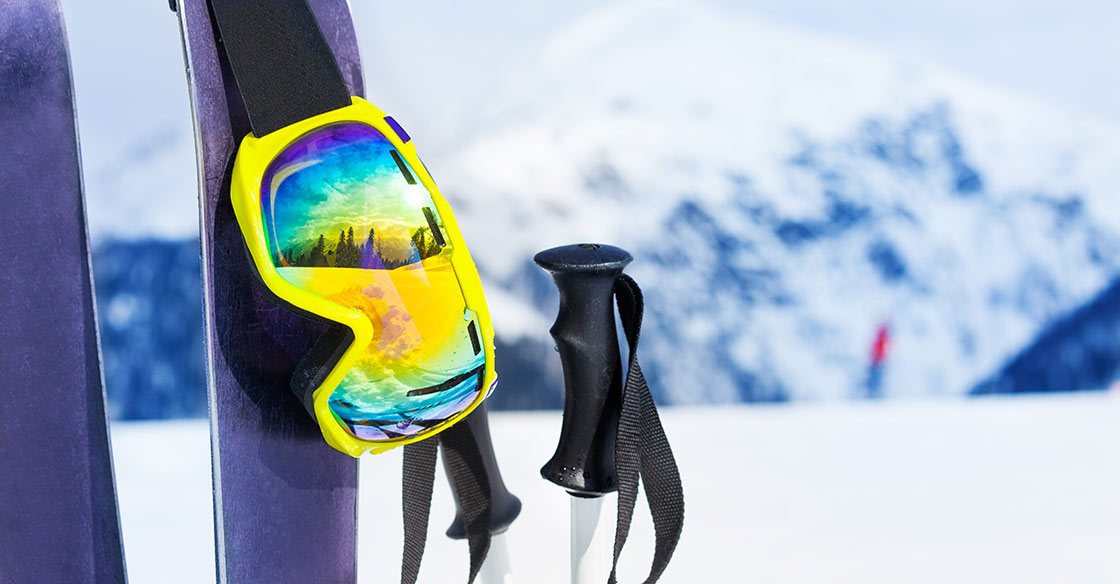
5 Ski Gear Essentials for Every Season 0
It’s time to hit the slopes. All over the world skiers are gearing up for the coming season. Now is a great time to take inventory of your equipment and make sure you have what you need for when the powder is at its best. Whether you are starting from scratch or just looking for the final piece to the puzzle, this list of 5 ski gear essentials will point you in the right direction.
Essential Ski Gear for Maximum Runs
1 Parka/Jacket
Even a newbie probably thinks to grab a jacket before hopping on a lift. But, not all ski parkas are created equally. Look for waterproof material and features designed for airflow. A high collar and tight fastening cuffs are invaluable when the wind gets going. Despite your best efforts, falling will probably happen. Choose a longer jacket which ends well below your belt line to avoid snow reaching places it should never be; down your pants.
2 Layers of Clothing
No matter how easy you make it look, skiing is hard work. Holding an edge all day gets physical and you will feel it. If you don’t manage your perspiration, the resulting chills can end your day early. Avoid hypothermia by wearing layers of loose-fitting clothing to create air pockets that trap heat and whisk away moisture. Thin wool tees are a great addition to any skier’s closet and a short sleeve over a long sleeve gives you layers of protection and the flexibility to take one off when the afternoon sun heats up the mountain.
3 Heated Insoles
Don’t let your day get cut short because you lost feeling in your toes. Heated insoles are a must if you want the maximum amount of runs every day. After lunch at the midway chalet, you will be the envy of your friends when it’s time to put on your boots. They get cold and uncomfortable fast. While everyone else wants some time on the bunny slope to loosen up their ski gear, you’ll be ready for a black diamond right out of the gate. If you are renting equipment and not sure about fitting an insole into strange boots, try some heated socks for added comfort in the cold.
4 Quality Eye Protection
Whether you prefer glasses or goggles, quality eye protection is necessary to prevent snow blindness and save you from long-term damage after a weekend ski trip. Odds are, your everyday sunglasses will not be up to the task. Look for lenses that block 100% of UV rays and wear them all the time; even on cloudy days. To limit wind drying out your eyes, consider tight-fitting goggles or wrap around glasses with side protection.
5 Boots and Skis
An obvious entry on this list, boots, and skis are definitely ski gear essentials. Make sure your boots fit and are comfortable. If they don’t, you will be miserable. Your feet change over time so testing your boots well in advance of a trip will give you time to replace them if things don’t feel right. While you’re at it, tune your skis every year to prevent dull edges from limiting your fun. Skiing is a great sport but, it’s also pretty dependent on having the right equipment. Being prepared by assembling your essential ski gear early will let you take advantage of the best conditions of the season, whenever they happen.
- Caroline Mayou
- Tags: Skier's Corner
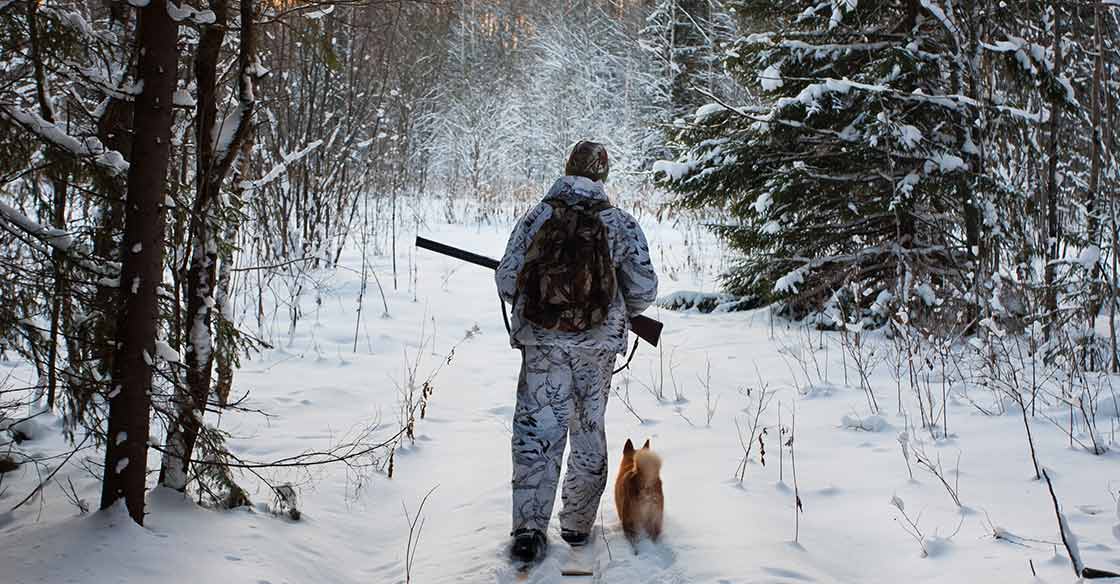
The 3 Best Hunting Gear for the Winter Season 0
We are experiencing some weather issues this late summer, and indications are we might be in for a tough winter too. Autumn hunting season 2017 calls for taking extra precautions and selecting the best Heat Hactory clothing that keeps the body warm. Your search for the best hunting gear and protective clothing starts right here on this page. These tips are courtesy of Papa’s Warehouse, proud suppliers of proven warming products for when out hunting, skiing, or camping.
1. Use the Best Hunting Gear to Protect Your ExtremitiesWarmth escapes a hiking tent each night when we leave the flap open while we step outside. With our bodies, heat goes walkabout through any part exposed directly to the air. Our feet, and hands especially are vulnerable, as they do not have much natural insulation over them. Our FIRST TIP is to stock up on disposable foot and hand warmers, so you never run short of the best hunting gear for the winter season.
2. Protect Your Sensitive Head and Neck from the Chilly ColdOur heads and necks are great energy conductors too. In summer, we enjoy the sun beaming down on them preparatory to warming our bodies. Heat escapes from our necks and heads just as fast. So our SECOND TIP for the best hunting gear for the winter season is wearing a turtleneck or scarf, and keep your collar tightly buttoned up!
3. Sleep Comfortably at Night with a Large Body WarmerThings can get out of hand at night when we start shaking from the cold. This is nature’s warning alarm that our body temperature is becoming subnormal. Worse still, this drains our precious bodily energy so we get cooler still. If this were to happen, it’s essential not to fall asleep. We have to stand up and exercise until the moment passes.
Alternatively, we can tuck into our sleeping bags with as much clothing on as possible, provided it is dry that is. This seldom happens when hiking through the snow in winter. The workaround is having a supply of adhesive body warmers in our backpack. Our THIRD TIP for selecting the best hunting gear should keep you nice and warm at night. But there are other precautions you need to take.
Have a Plan Where You Are Going and Tell Someone
Nature can spring surprises on us when we are out in it. An avalanche could block our path. A rock could snag a rope when abseiling. It is always best to hunt in the company of two others. Then there is one person to go for help if necessary, while the other stays behind as the company.
The best hunting gear of all includes a fully charged phone in your backpack, at least one working flashlight, and a compass or GPS. If you are unable to walk out and someone knows the trail you likely followed, these will help you geolocate your position, and beam your rescuers in. Taking these precautions does not mean you are a softy. It means you remain in charge.
- Caroline Mayou
- Tags: Hunter's Corner
